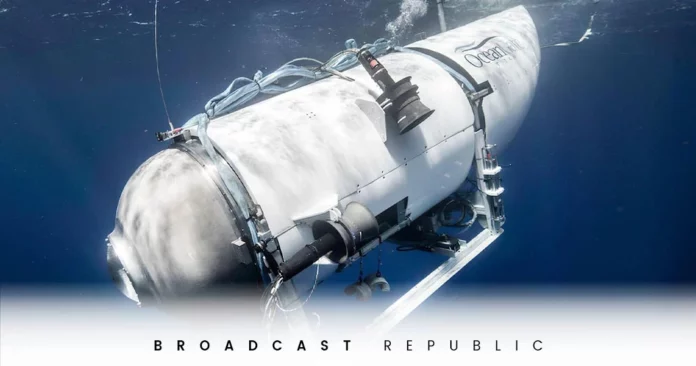The Titan submarine, a privately owned submersible carrying five people on a deep-sea dive to the wreck of the Titanic, has been missing at the bottom of the Atlantic Ocean since Sunday. The search and rescue operation is ongoing, but so far there has been no sign of the submersible or its passengers.
What Might Have Happened to Titan Submarine?
There are a number of potential scenarios as to what could have happened to Titan. One possibility is that it suffered a power failure. The submersible has a backup battery system, but if that failed as well, the submersible would have been unable to surface.
Another possibility is that the submersible’s hull ruptured. The collision with a piece of debris, or by the pressure of the deep ocean might have happened. If the hull ruptured, the submersible would have quickly filled with water and sunk.
It is also possible that the submersible got snagged on a piece of the Titanic’s wreckage. This could have caused the submersible to become entangled and prevented it from surfacing.
The worst-case scenario is that Titan suffered a catastrophic failure of its pressure housing. This would have caused the submersible to implode, killing all five passengers instantly.
Search and Rescue Operation:
The search and rescue operation is ongoing, and the Coast Guard is hopeful that the submersible and its passengers will be found. However, as time goes on, the chances of a successful rescue become slimmer.
It will be a tragic loss of life, if the submersible is not found. The five passengers on board were all experienced divers, and they were well-equipped for the dive. However, unforeseen circumstances could have happened.
Passengers on Titan Submarine:
The five passengers on board the Titan were:
- Hamish Harding, a British billionaire and space tourist
- Pakistani businessman Shahzada Dawood and his teenage son, Suleman
- French explorer Paul-Henri Nargeolet
- Stockton Rush, the CEO of OceanGate
About Titan:
The Titan was a 21-foot (6.5-meter) submersible that can accomodate up to five people. It consisted of a variety of safety features, including a backup battery system and a life support system that could last for up to 96 hours.

